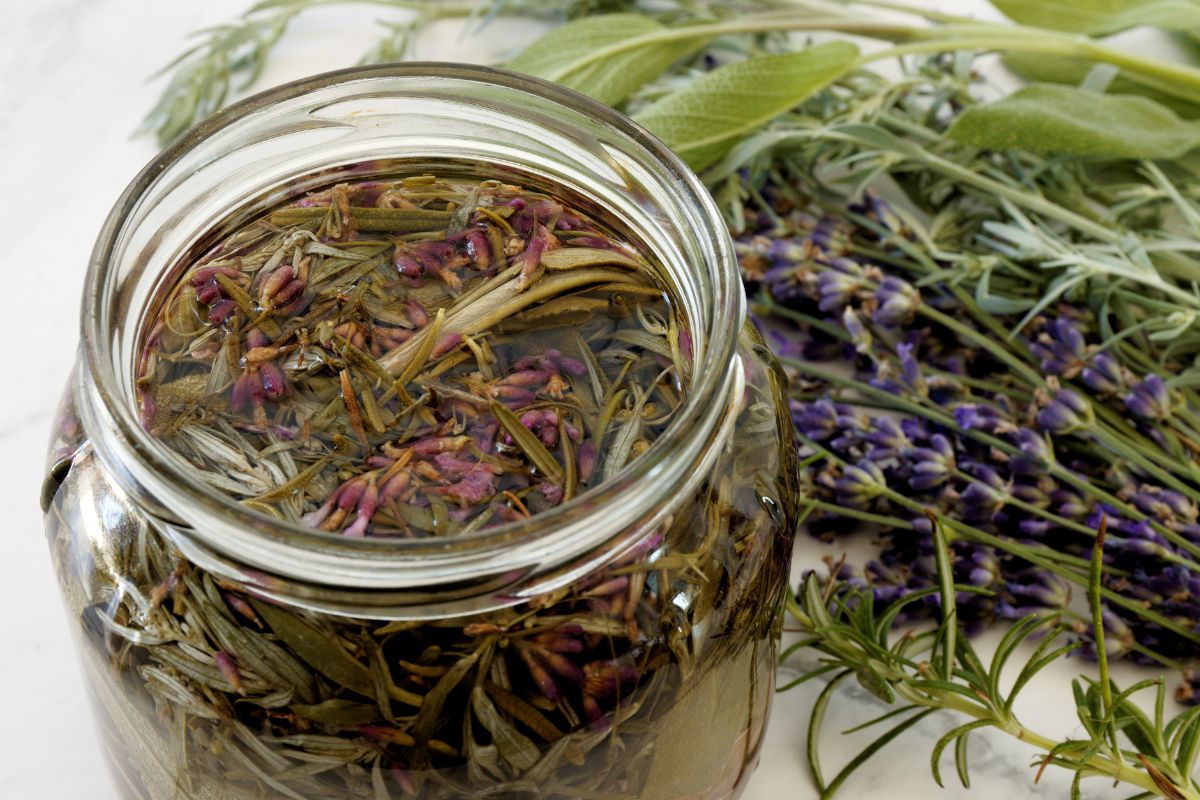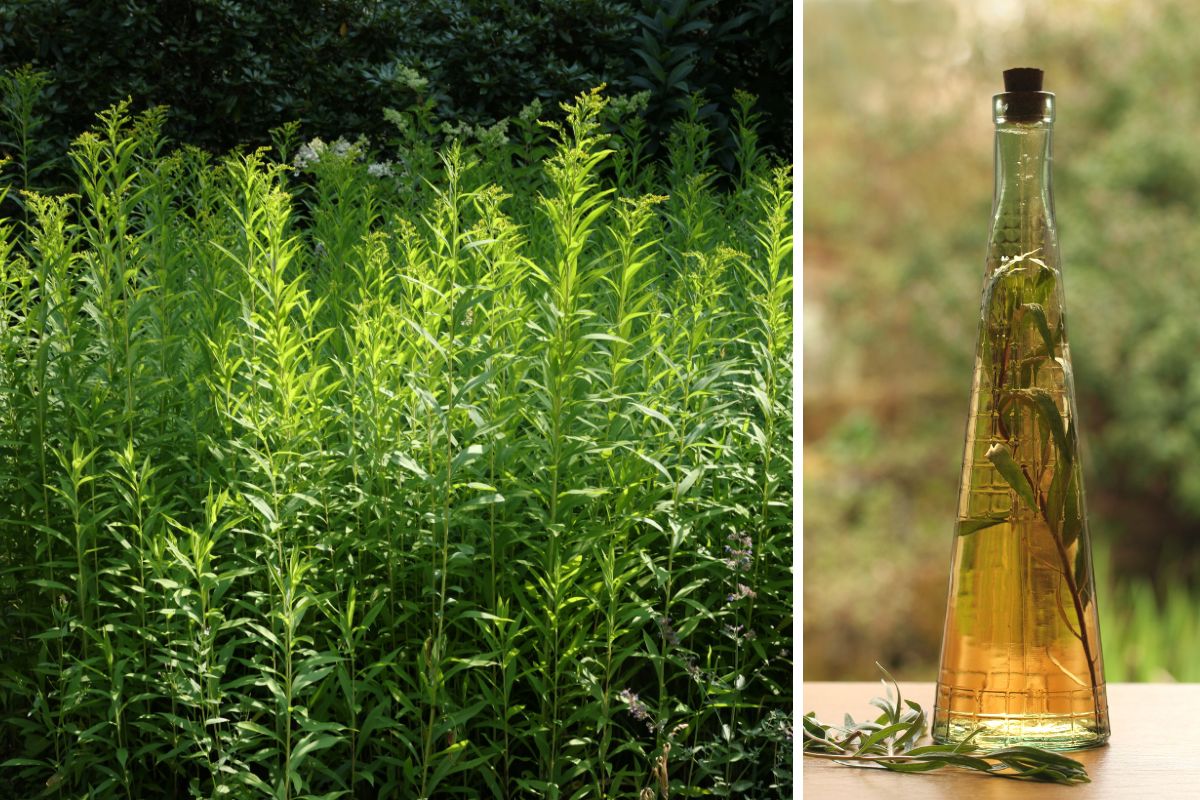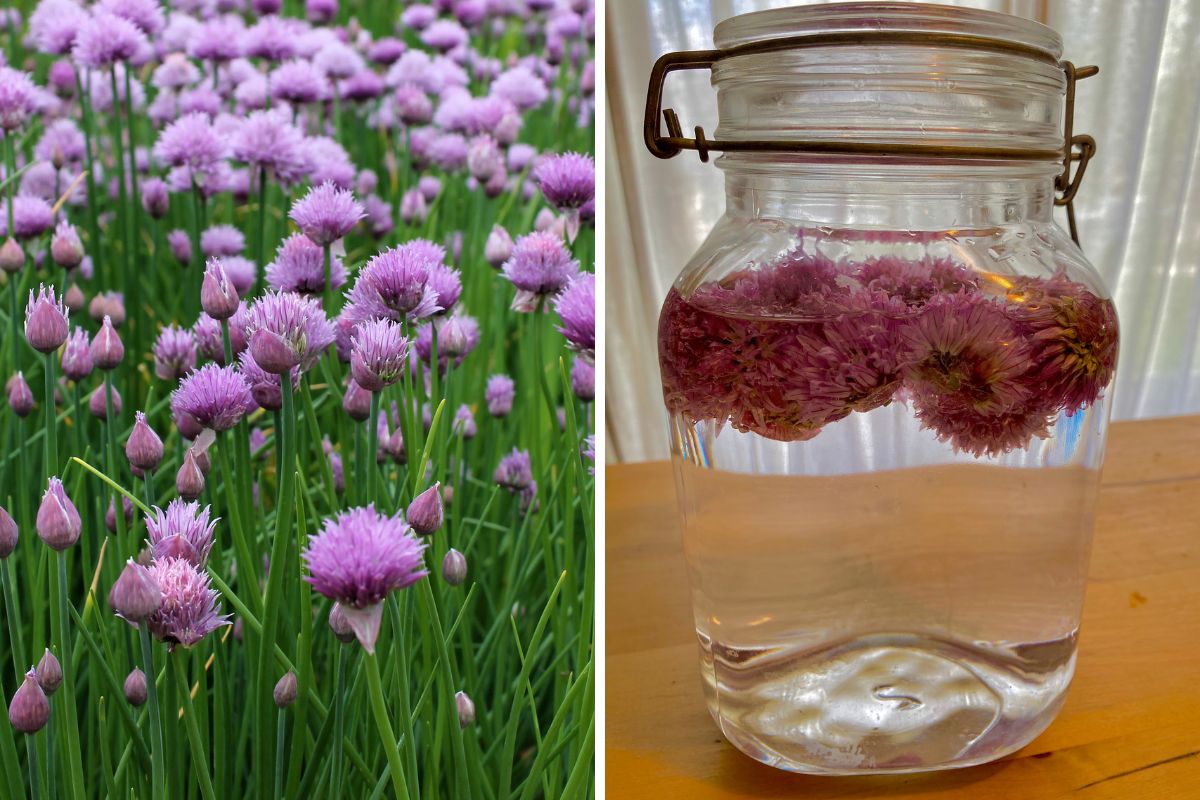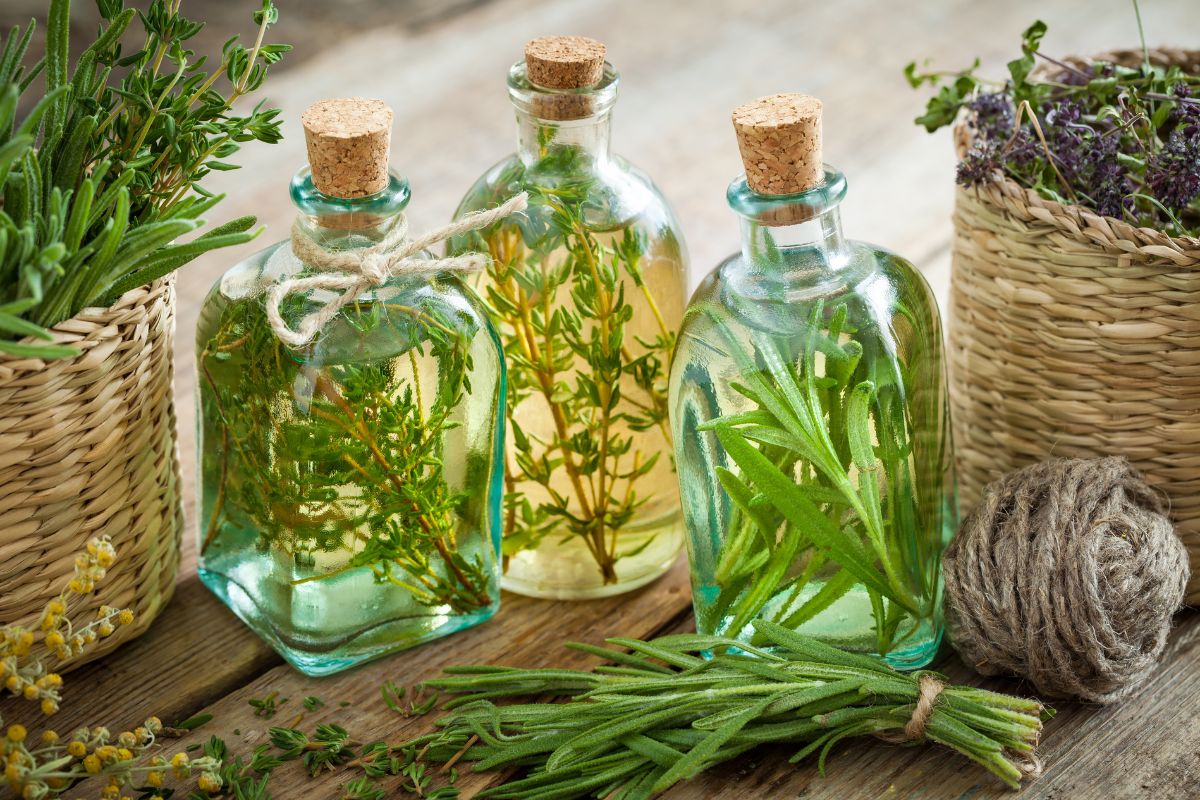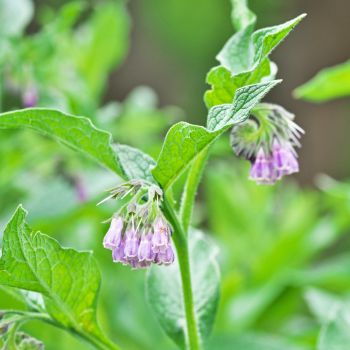As your herb garden grows you may find you have more than you need. Mint can be pesky that way, as can chamomile, chives and dill. Many herbs grow best when harvested regularly, and if left to their own devices some herbs are happy to take over your garden. Upon harvest, you give bundles to co-workers, friends, neighbours and your Aunt Aggie, and still you have a sizeable amount left. How to stop those fragrant herbs from going to waste?
One way to put your herbs to good use is by making flavored vinegar with them. This project is garden-to-table, getting the best freshness possible from your harvest. Herbal vinegar is easy to make and has numerous applications, including salad dressing, marinade and homemade, customised gifts.
You have probably already encountered herbal vinegar at emporiums, boutiques and fancy restaurants, in various-sized glass bottles with a cork on the top. In some cases, they’re used as decorations because they’re quite lovely to look at as well as bringing a burst of flavour to the table.
Bottle Options
Before making your herbal vinegar, you want to have suitable storage for it. If the mixture is just for yourself you can consider sealable jars or mason jars with lids as an option. If using jars with metal lids you will need to put a layer of waxed paper or baking paper under it to prevent corrosion.
If you want something with greater eye appeal, fancy cruets, the traditional narrow-mouthed bottles used to store vinegar, are widely available. Save money and stock up at your local op shop or discount store.
Storage
Are you planning on making several vinegar blends? It’s time to consider storage. How tall is the jar? How wide? Can it fit into the refrigerator? If so, the blend will last for about 6 months. Or, perhaps you have spare bench top space or room on your shelves. Stored away from heat and sunlight in the pantry, vinegars have a three-month storage window, plenty of time to get a summer’s worth of salad dressing or marinades for BBQs.
Vinegar Choices
When you start looking, you’ll discover all kinds of vinegar from which to choose. When choosing which vinegar to use, match stronger-flavoured herbs with robustly flavoured vinegars, and more delicate herbs with clearer vinegars with a more subtle taste. If you want your jars or bottles to be decorative, keep to lighter-colored vinegar.
- Apple Cider: As the name implies, this product begins as apple cider. It pairs nicely with bold herbs and spices like chili, horseradish and mustard seed.
- Balsamic: Complex and slightly sweet with fruity notes. Couple with garlic, lemon zest, ginger, sage or thyme. The balsamic vinegar you’ll see in most stores is brown. You can, however, find white balsamic online and at some kitchen stores. White balsamic is milder and less sweet than regular balsamic.
- Champagne: A vinegar with a lighter colour and flavour. As such, use it for delicate blends like a floral vinegar blend of lavender and rose.
- Malt: Mild, slightly sweet and nutty. Think ginger, cinnamon, mustard seed and cloves.
- Red Wine: A robust flavour perfect for savoury herbs like parsley, sage and savory.
- Rice: Rice vinegar has a sweet, mild taste. Pairs well with basil, oregano and dill.
- Sherry: Nutty and slightly sweet. Good with shallots, fennel and tarragon.
- White: The jack of all trades when it comes to vinegar, it can be used for cooking, baking, and even cleaning. Some find it too astringent to accompany herbs. Herbal options include allspice, bay, clove, coriander, juniper and peppercorns.
- White Wine: White wine vinegar works well with common culinary herbs like basil, dill and tarragon. If your meal calls for white wine, use white wine vinegar in your salad dressing.
Herb Choices
Harvest whole stems of herbs in the morning, rinse them thoroughly, pat them dry and remove any damaged stems and leaves. Most herbs are suitable to use in herb vinegar, so feel free to experiment with different mixes and proportions. Rosemary, sage, tarragon, fennel, parsley and dill are commonly used. For a more delicate and unusual flavour, try chive blossoms (which will create a purple vinegar) or lavender in champagne vinegar.
Whole spices including bay leaves, coriander seed, mustard seed and peppercorns can also be included. A slice of lemon or orange, flower petals, apples, plums, peaches, cinnamon sticks, whole chillies and whole cloves of garlic can also be part of your recipe, to name just a few.
Making the Herb Vinegar
Important note: The same precautions that apply to all food preservation should be taken when making herb vinegar: use only freshly harvested, healthy plants; use undamaged jars and sterilise them thoroughly. While vinegar is a good preservative, but the introduction of herbs creates the possibility for contamination. Check the mixture before using to make sure it hasn’t become cloudy, darkened significantly or taken on a foreign odour. If any of these changes are observed, it’s best to err on the side of caution and discard the mixture.
The basic proportion for herb vinegar is one cup of herbs (fresher is better) to two cups of vinegar.
- Ensure the herbs are rinsed, then pat them dry between paper towels.
- Use a small rolling pin to gently crush the herbs, releasing their aroma.
- Optional: warm the vinegar to just above room temperature; avoid using metal saucepans which may react with the vinegar. Some people use the vinegar cold, but warming it can help to release the flavours of the herbs.
- Put the herbs in a sterilised jar. Get as decorative as you want.
- Pour the vinegar into the vessel, leaving air space at the top.
- Cover and leave in a cool, dark place such as a cupboard for two weeks.
- Do a taste test. You can increase the amount of herbs if the flavour’s not quite as you like it.
- Let it sit for a week longer.
- Strain the mixture to remove the herbs and pour it into a freshly sterilised jar, or leave the mixture with the herbs in the original jar. The second option will allow the flavours to develop and become stronger over time.
Use the vinegar anywhere you’d use unflavoured vinegar, including salad dressings, marinades, sushi and recipes for chutneys, relishes and other preserves.
Making flavoured vinegar is a great way to preserve your harvest when faced with an abundance of herbs in your garden. With the right proportions and a few weeks of patience, you can enjoy the freshness and versatility of homemade herbal vinegar.
